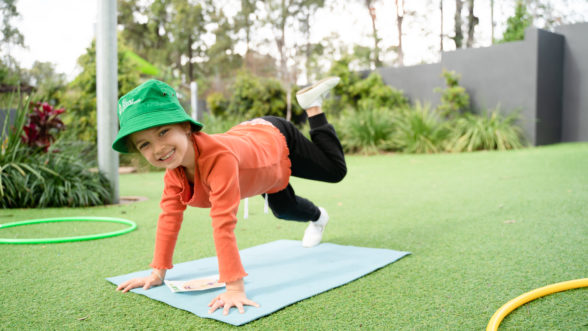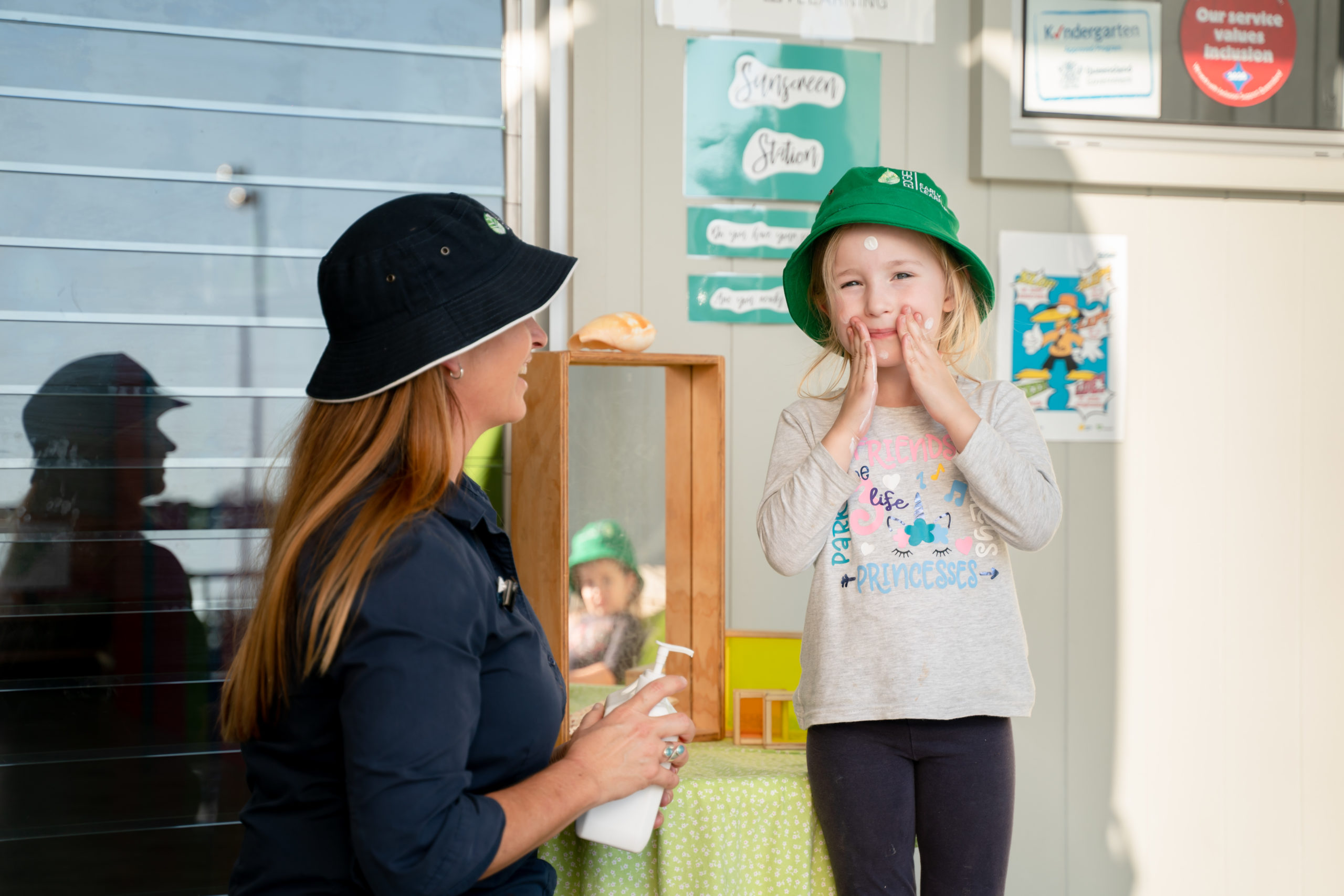
Wellbeing
Useful tools, Wellbeing
16 December, 2025

‘Slip, slop, slap’ – it’s a phrase most Australians know as well as the national anthem itself. But did you know there are five, not three, important factors to sun protection? According to the Cancer Council, we should…
Of the five sun protection methods promoted by the Cancer Council, ‘slopping’ on sunscreen arguably presents the most room for error. Not choosing the safest sunscreen for kids can lead to painful sunburn (and skin cancer down the track), as can an incorrect application or forgetting to reapply.
Your baby has delicate skin that should be shielded from the harsh sun as much as possible, using the other ‘S’s promoted by the Cancer Council. While keeping them out of the sun is the best approach, you can start applying kids sunscreen as added protection when they are six months old.
But how do you choose the best sunscreen for kids? Experts say that in addition to being SPF30 or higher and a ‘broad spectrum’ sunscreen (protecting against both UVA and UVB rays) the best kids sunscreen will include zinc oxide or titanium dioxide as the primary active ingredient. These ingredients stay on top of the skin to physically block the sun rays.
You should apply sunscreen whenever your child will be in the sun. This could mean at the beach or the park, but also if you are going for a walk or shopping outside. Remember to apply it at least 20 minutes before going outside.
As for where to apply it, don’t forget those easy-to-miss spots like their ears, hands, feet, shoulders and behind the neck. Lift up any straps or clothing and apply sunscreen underneath them, should they shift while your child moves.
It is helpful to use a sunscreen applicator for the first application, and to reapply every two hours (or more, if your child has been swimming or sweating). Products like Solar Buddies can be used to decant sunscreen for on-the-go sun protection, and feature a sponge to help you reapply sunscreen evenly and without mess.
Did you know that there is more than one type of sunscreen? In fact, there are two! Mineral sunscreen (also known as inorganic or physical sunscreen) works by sitting on top of the skin, acting as a physical barrier to the sun’s rays. Mineral sunscreens may have zinc or titanium on the label and can be difficult to rub in or leave the skin with a whitish hue. They start to work as soon as they are applied but can come off easily with water or sweat.
On the other hand, chemical sunscreen (also known as organic sunscreen) protects the skin by absorbing sun rays like a sponge in the top layer of the skin. They convert the rays into heat and release that heat from the skin. They don’t leave a whitish coating and don’t easily wash off, although they can take up to 30 minutes to start working.
Sun safety is key at Edge Early Learning. We encourage parents to ensure that children are dressed in suitable clothing and have sunscreen on before leaving home. Our fees include sunscreen, which is applied to your children’s skin before outdoor play. We also ensure all children and educators are wearing a hats when outdoors.
According to leading comparison website Canstar Blue, the best sunscreen for babies are…
For slightly older children, Canstar Blue lists the following sunscreens…
Enjoy the outdoors this summer (whilst staying sun-safe!) with some of our favourite summer activities!